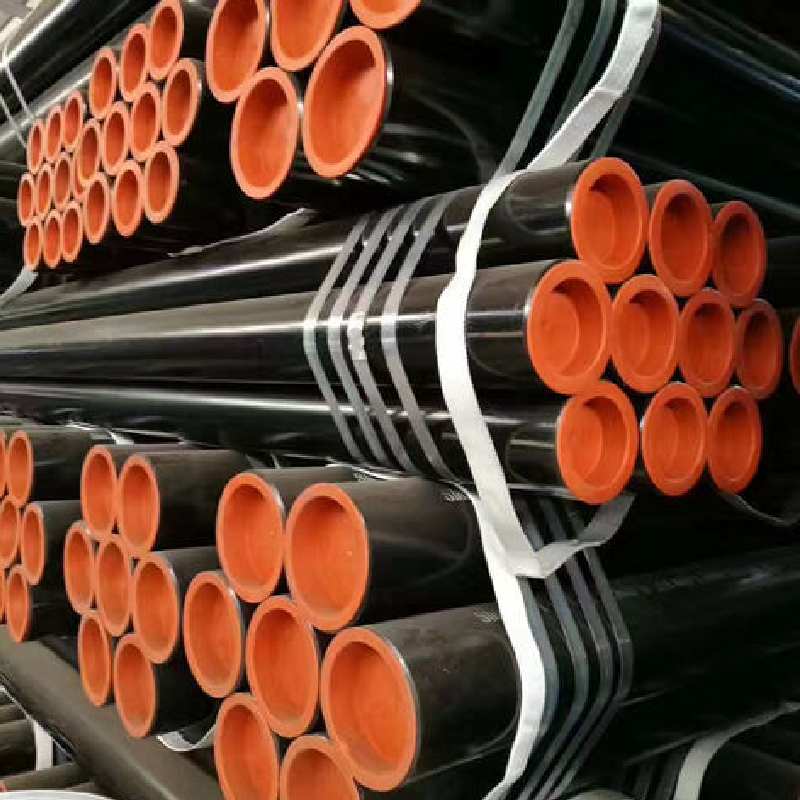-
Cangzhou Yulong Steel Co., Ltd.
-
Phone:
+86 13303177267 -
Email:
admin@ylsteelfittings.com
- English
- Arabic
- Italian
- Spanish
- Portuguese
- German
- kazakh
- Persian
- Greek
- French
- Russian
- Polish
- Thai
- Indonesian
- Vietnamese
- Zulu
- Korean
- Uzbek
- Hindi
- Serbian
- Malay
- Ukrainian
- Gujarati
- Haitian Creole
- hausa
- hawaiian
- Hebrew
- Miao
- Hungarian
- Icelandic
- igbo
- irish
- Japanese
- Javanese
- Kannada
- Khmer
- Rwandese
- Afrikaans
- Albanian
- Amharic
- Armenian
- Azerbaijani
- Basque
- Belarusian
- Bengali
- Bosnian
- Bulgarian
- Catalan
- Cebuano
- China
- China (Taiwan)
- Corsican
- Croatian
- Czech
- Danish
- Esperanto
- Estonian
- Finnish
- Frisian
- Galician
- Georgian
- Kurdish
- Kyrgyz
- Lao
- Latin
- Latvian
- Lithuanian
- Luxembourgish
- Macedonian
- Malgashi
- Malayalam
- Maltese
- Maori
- Marathi
- Mongolian
- Myanmar
- Nepali
- Norwegian
- Norwegian
- Occitan
- Pashto
- Dutch
- Punjabi
- Romanian
- Samoan
- Scottish Gaelic
- Sesotho
- Shona
- Sindhi
- Sinhala
- Slovak
- Slovenian
- Somali
- Sundanese
- Swahili
- Swedish
- Tagalog
- Tajik
- Tamil
- Tatar
- Telugu
- Turkish
- Turkmen
- Urdu
- Uighur
- Welsh
- Bantu
- Yiddish
- Yoruba

Dec . 21, 2024 14:11 Back to list
different types of pipe welding
Different Types of Pipe Welding
Welding is a critical process in various industries, particularly in construction and manufacturing, where pipes are essential components for transporting fluids and gases. The method chosen for pipe welding can influence the strength, durability, and overall functionality of the piping system. This article examines several types of pipe welding techniques, each suited for specific applications and materials.
1. Shielded Metal Arc Welding (SMAW)
Also known as stick welding, SMAW is one of the most traditional forms of welding. It employs a consumable electrode coated in flux to protect the weld pool from contamination. This method is versatile and can be used on various metals, including carbon steel and stainless steel.
Advantages of SMAW include its low cost and portability, making it suitable for outdoor welding applications, including pipelines. However, SMAW often results in a slower welding speed and may produce slag that must be removed after welding, which can add to the preparation and finishing time.
2. Gas Tungsten Arc Welding (GTAW)
GTAW, commonly referred to as TIG (Tungsten Inert Gas) welding, is a highly controlled welding process that utilizes a non-consumable tungsten electrode. In GTAW, an inert gas such as argon shields the weld area from atmospheric contamination. This method allows for precise control over the weld pool, making it ideal for thin materials and critical applications, such as food processing and aerospace pipelines.
The main advantage of GTAW is that it produces clean and high-quality welds with excellent aesthetic appearances
. Nonetheless, it requires a higher skill level and is slower than other welding methods, which may not be ideal for large-scale operations.3. Gas Metal Arc Welding (GMAW)
GMAW, or MIG (Metal Inert Gas) welding, utilizes a continuously fed wire electrode and an inert shielding gas, typically argon or CO2. This process is known for its high welding speed and efficiency, making it a popular choice for commercial applications involving thick sections of metal, such as pipelines in the oil and gas industry.
different types of pipe welding

One of the primary benefits of GMAW is its ease of use and adaptability to automation, which enhances production rates. However, it may not be as effective in windy conditions due to potential gas dispersal, and it generally results in less penetration compared to other methods, which may require additional passes for thicker materials.
4. Flux-Cored Arc Welding (FCAW)
FCAW is a semi-automatic or automatic welding technique that employs a tubular wire filled with flux, which provides shielding and enhances the welding characteristics. It is particularly effective for welding thicker materials and is commonly used in construction, shipbuilding, and heavy machinery manufacturing.
The advantages of FCAW include its high deposition rate and the ability to work in various positions, including vertical and overhead. The process can be performed with or without shielding gas, adding to its versatility. However, proper cleaning of the weld area is crucial to prevent defects, and the process can generate more smoke and spatter than other welding methods.
5. Submerged Arc Welding (SAW)
Submerged Arc Welding is a specialized process that involves the formation of an arc between a continuously fed electrode and the workpiece. The joint is submerged beneath a layer of granular fusible flux, which protects the weld from contamination and provides a smooth surface.
SAW is known for its high efficiency and ability to weld thick materials, making it ideal for large-scale applications like heavy pipelines and structural components. However, it is primarily suited for horizontal positions, which may limit its flexibility in certain situations.
Conclusion
Selecting the appropriate pipe welding method is essential for the success of any project involving pipelines. Each technique, from SMAW to SAW, offers unique benefits and limitations that must be considered based on the specific requirements of the materials and environmental conditions. Understanding the various types of welding processes can help professionals make informed decisions, ensuring the integrity and longevity of piping systems across diverse applications.
Latest news
-
ANSI 150P SS304 SO FLANGE
NewsFeb.14,2025
-
ASTM A333GR6 STEEL PIPE
NewsJan.20,2025
-
ANSI B16.5 WELDING NECK FLANGE
NewsJan.15,2026
-
ANSI B16.5 SLIP-ON FLANGE
NewsApr.19,2024
-
SABS 1123 FLANGE
NewsJan.15,2025
-
DIN86044 PLATE FLANGE
NewsApr.19,2024
-
DIN2527 BLIND FLANGE
NewsApr.12,2024
-
JIS B2311 Butt-Welding Fittings LR/SR 45°/90° /180°Seamless/Weld
NewsApr.23,2024











